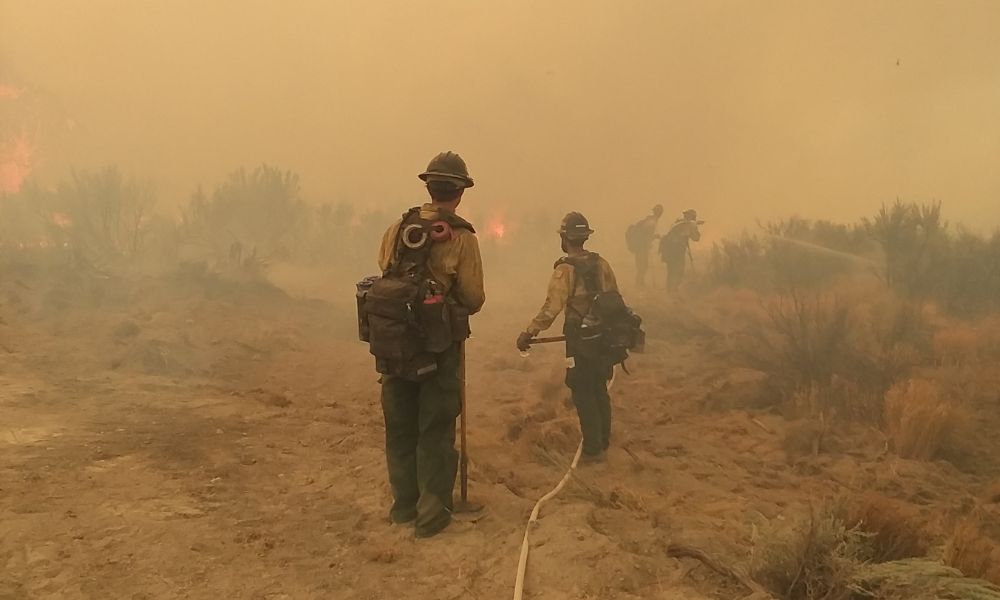
So, you want to be a wildland firefighter? This career is not for everyone, and it demands a lot of blood, sweat, and tears. However, if you do find a place in the field, it’s very rewarding.
If you do want to pursue a career in wildland firefighting, here’s what to know about becoming a wildland firefighter. It’s not a guarantee that you’ll get a position, but following these suggestions should help put you on a better footing.
Eligibility Requirements
Every job comes with prerequisites, and wildland firefighting’s requirements are pretty much set in stone. This tough, demanding job requires certain skills and aptitudes to perform its duties. The USDA Forest Service outlines the following requirements:
- US citizenship or status as a US national
- Registration with selective service for males born after December 31, 1959
- Must meet the Interagency Fire Program Management qualifications
- Must take a Work Capacity Test
- Must have a driver’s license
- Must pass a drug test
- Must be between 18 and 37. Veterans may apply if they are over 37
- Completion of the National Wildfire Coordinating Group’s online study courses: S130 Firefighting Training and S190 Introduction to Wildland Fire Behavior
Education and Experience
College degrees are not mandatory for starting wildland firefighting positions, but firefighting experience is a definite plus, as are degrees or certifications in fire science. We suggest that applicants join a volunteer firefighting department before taking on the wildlands. Learning and developing the skills you only acquire on the job will highlight your application and make you stand out. Medical training, especially as an EMT, can also make you a more desirable candidate. At the very least, you should have Red Cross first aid and CPR certifications.
Physical Fitness
Wildland firefighting is a physically challenging and exhausting task. Firefighters must be in excellent physical shape. Maintaining your health, strength, and stamina is vital, so if you aren’t already following an exercise regimen, start one now. All candidates face the Arduous Work Capacity Test, which involves a three-mile hike while carrying a 45-pound pack. Prepare for this test and career by developing your strength, flexibility, and endurance. Don’t skimp on aerobic training, either! Keep your lungs and heart healthy by running, bicycling, or swimming. A healthy candidate is a stronger candidate in more ways than one.
Get To Know the Job, Gear, and People
Here’s one last bit of information on what to know about becoming a wildland firefighter: research the position. Familiarize yourself with the daily duties of a wildland firefighter. Study wildland firefighter gear, and try to get first-hand experience as a volunteer. Talking to actual wildfire fighting personnel is another good way to determine if it’s the career for you. And it’s a good way to make connections in the field!
